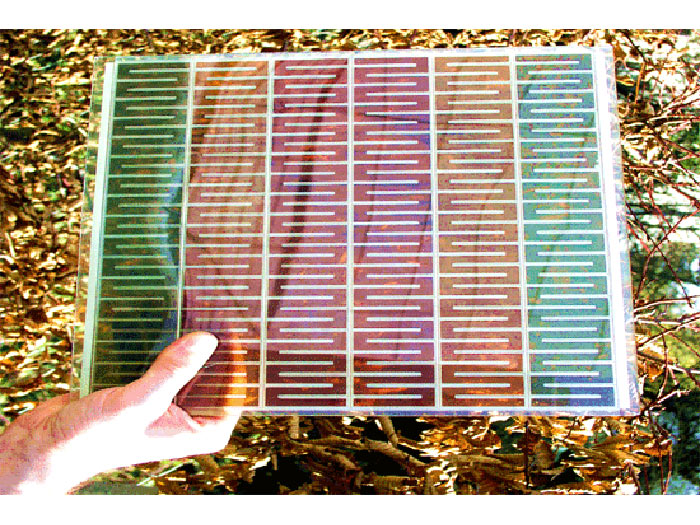Fool's gold to cut cost of solar cells
Iron pyrites not looking quite so stupid now

The next generation of solar panels could be made using cheap, abundant materials like fool's gold (iron pyrite) instead of costly silicon or complicated thin films.
A study by the University of California, Berkeley, evaluated 23 promising semiconducting materials and discovered that 12 are abundant enough to meet or even exceed annual worldwide energy demand.
Of those twelve, nine offer significant savings compared with traditional crystalline silicon, the most widely used photovoltaic material in mass production today.
Scaling up solar power
"We started looking at new materials because people often assume solar will be the dominant energy source of the future," said Cyrus Wadia, a post-doctoral researcher who spearheaded the research. "But when considering the practicalities of a solar-dominated energy system, we must turn our attention back to basic science research if we are to solve the problem."
The most popular solar materials in use today are silicon and thin films made of cadmium telluride and copper indium gallium selenide.
Silicon is expensive to process and mass produce and has become increasingly difficult to mine enough of to meet ever-growing consumer demand. Thin films, while cheaper and easier than silicon to mass produce, would rapidly deplete our natural resources if these technologies were scaled up.
Get daily insight, inspiration and deals in your inbox
Sign up for breaking news, reviews, opinion, top tech deals, and more.
The team showed that iron pyrite is several orders of magnitude better for making solar cells than any alternative in terms of both cost and abundance, although copper sulfide and copper oxide are also possibilities.
Mark Harris is Senior Research Director at Gartner.